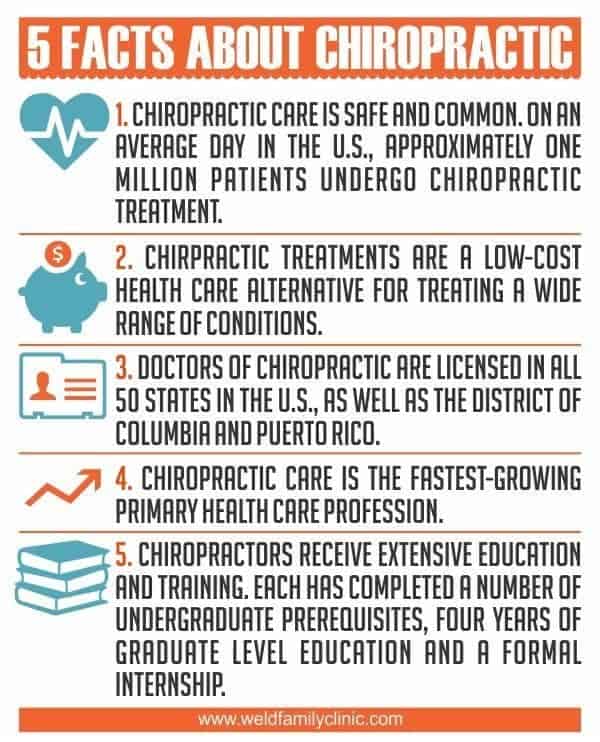What Mechanisms Allow Cold Laser Therapy To Make Use Of Light For Innovative Healing, And What Future Developments Can We Expect Suffering Monitoring?
What Mechanisms Allow Cold Laser Therapy To Make Use Of Light For Innovative Healing, And What Future Developments Can We Expect Suffering Monitoring?
Blog Article
Created By-Tate Neumann
When considering alternative therapies, cold laser therapy stands out due to its special strategy to recovery. By using certain wavelengths of light, it targets mobile features and promotes recuperation in a non-invasive way. This approach not only enhances ATP manufacturing yet additionally aids in minimizing inflammation and discomfort. As research study continues to unfold, the effects for rehab and pain monitoring could be significant. What does this mean for future therapy options?
The Systems of Cold Laser Therapy
Cold laser therapy, also called low-level laser therapy (LLLT), works by promoting mobile function via the application of certain wavelengths of light.
When the laser light permeates your skin, it connects with the mitochondria in your cells, boosting ATP production. This increase in ATP energizes your cells, promoting healing and regeneration.
The light additionally affects cell membranes, boosting their permeability and assisting in vitamins and mineral absorption while expelling toxins. Additionally, cold laser therapy triggers the release of endorphins and minimizes swelling, aiding your body respond better to injury.
You'll experience boosted blood flow as the therapy promotes capillary development, making sure that oxygen and nutrients reach damaged cells a lot more successfully.
Comprehending these devices can help you value its potential in advertising recuperation.
Prospective Benefits of Cold Laser Therapy
When thinking about choices for discomfort alleviation and recovery, you may locate cold laser therapy to be an appealing option. https://gunnersbkta.blogdun.com/35016254/cold-laser-treatment-a-non-invasive-technique-to-pain-alleviation -invasive strategy can help reduce inflammation, ease discomfort, and promote tissue repair service.
Many individuals report quicker recovery times from injuries and surgeries after undertaking cold laser therapy. It's specifically useful for problems like arthritis, tendonitis, and muscular tissue pressures.
You may also value that it has very little negative effects contrasted to drugs. Additionally, cold laser therapy can enhance flow, which assists in supplying nutrients and oxygen to harmed areas.
Current Research Study and Professional Applications
As interest in cold laser therapy grows, scientists are exploring its numerous applications and performance in scientific setups. You'll find researches investigating its role in pain administration, wound healing, and decreasing inflammation.
In physical therapy, experts use cold laser therapy to improve healing in sports injuries, while dental experts are finding it useful for dealing with dental pain and gum tissue disorders. https://coldlasertechnique11009.blog2news.com/34982267/to-what-extent-does-cold-laser-treatment-supply-remedy-for-persistent-pain-look-into-the-science-that-supports-this-non-invasive-therapy-and-its-possibility-for-recovery are assessing its possibility in treating conditions like joint inflammation and neuropathy.
These researches aim to develop standard procedures and dosages, ensuring safety and efficacy. As more evidence arises, you might see cold laser therapy becoming a staple in both recovery and pain monitoring, offering clients a non-invasive alternative that complements standard treatments.
Final thought
Finally, cold laser therapy supplies an appealing approach to recovery by utilizing particular wavelengths of light to improve cellular functions and promote recovery. With visit the site like improved blood circulation, minimized swelling, and discomfort relief, it's becoming a valuable choice for numerous conditions. As research study continues to develop standardized protocols, you can anticipate higher acceptance of this non-invasive therapy in recovery practices and discomfort monitoring approaches, making it a possible game-changer for many individuals.
